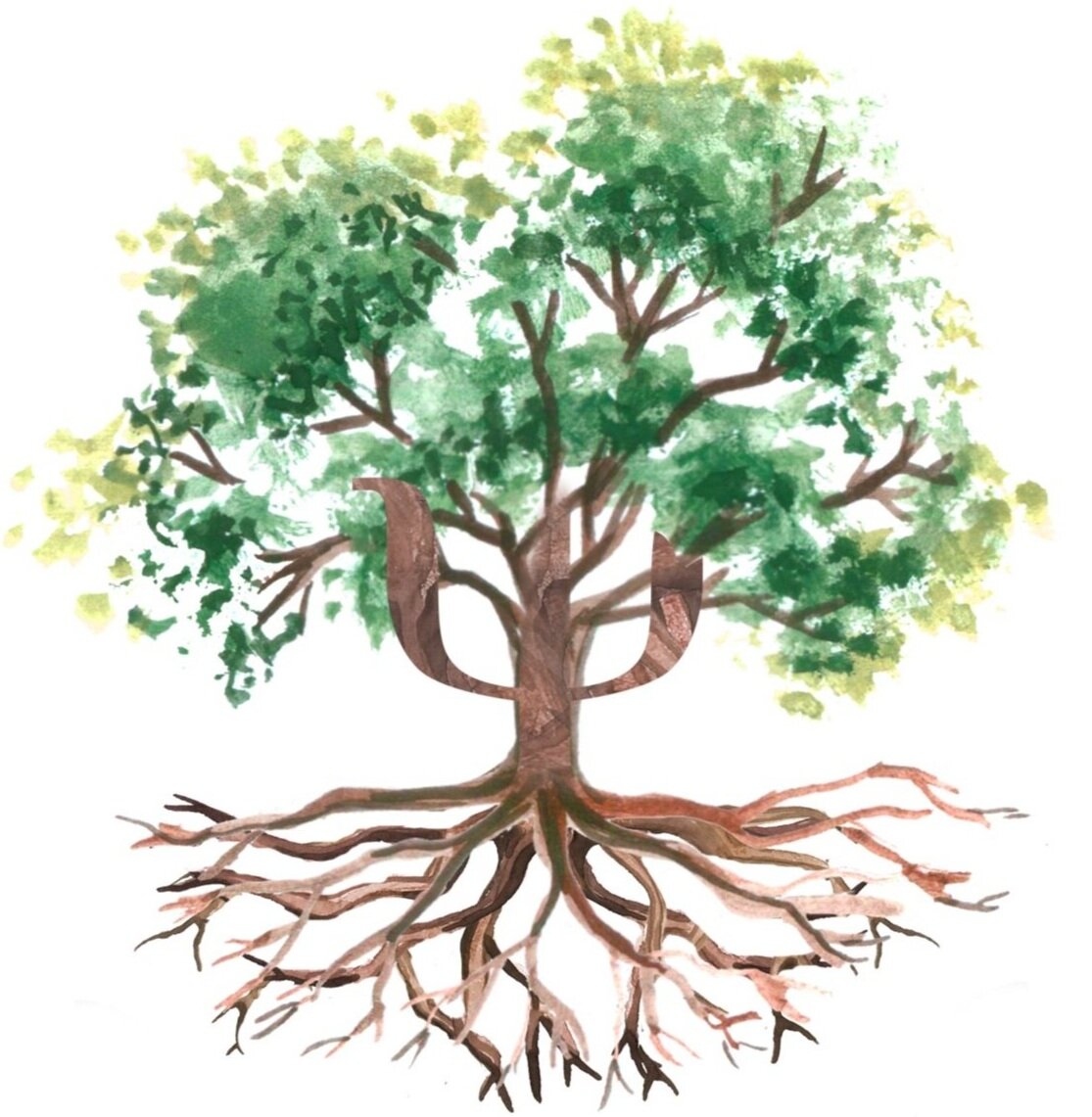Psychodynamic Therapy
aka “psychoanalytic” therapy
Credit: Neuro Transmissions
So what is psychodynamic therapy?
Psychoanalytic or psychodynamic therapy are often used interchangeably. Psychodynamic therapy has its roots in traditional psychoanalysis, and draws theories and concepts from object relations, ego psychology, and self psychology.
How does psychodynamic work?
Psychodynamic seek to increase an individual’s self-awareness and understanding by way of uncovering the links and providing continuity between past and present; in particular exploring aspects of the self not completely known to oneself. In utilising an iceberg analogy, the tip of the iceberg represents the conscious mind consisting of known thoughts and perceptions. The further or deeper the iceberg goes, the less conscious awareness becomes accessible to the individual; information in the preconscious or subconscious level may manifest in the forms of dreams and memories. Finally, the unconscious holds unacceptable feelings, desires and urges, and therefore tend to be associated with anxiety, pain, and shame.
Psychodynamic often regards the therapeutic relationship as key as it allows for recurring interactional and behavioural patterns to emerge through transference and countertransference, and subsequently be brought to the attention of the patient. Dynamically oriented clinicians recognise an individual’s early life experiences in shaping one’s personality and inner world, and they assist patients in making sense of their intra- and inter- psychic conflicts, while identifying and working through their defences to resolve the underlying difficulties.
Psychodynamic v CBT
Researchers have identified seven features that distinguished dynamic from cognitive-behavioural therapies, as follows:
Ψ Focus on affect and expression of emotions;
Ψ Exploration of attempts to avoid difficult or distressing topics, activities, thoughts, and feelings;
Ψ Identifying recurring themes and patterns;
Ψ Exploration of past experiences;
Ψ Focus on interpersonal experiences;
Ψ Emphasis on the therapeutic relationship;
Ψ Exploration of one’s wishes, dreams, or fantasies
Taken together, psychodynamic psychotherapy involves a therapy experience that extends beyond symptom remission. Successful psychodynamic psychotherapy not only provides symptom relief, but also develops in the individual a stronger sense of self and psychological resources including, but not limited to the capacity for more fulfilling relationships, ability to experience a wider range of affects, better understanding of the self in more sophisticated and multidimensional ways, and to enable greater flexibility when faced with challenges in life.
